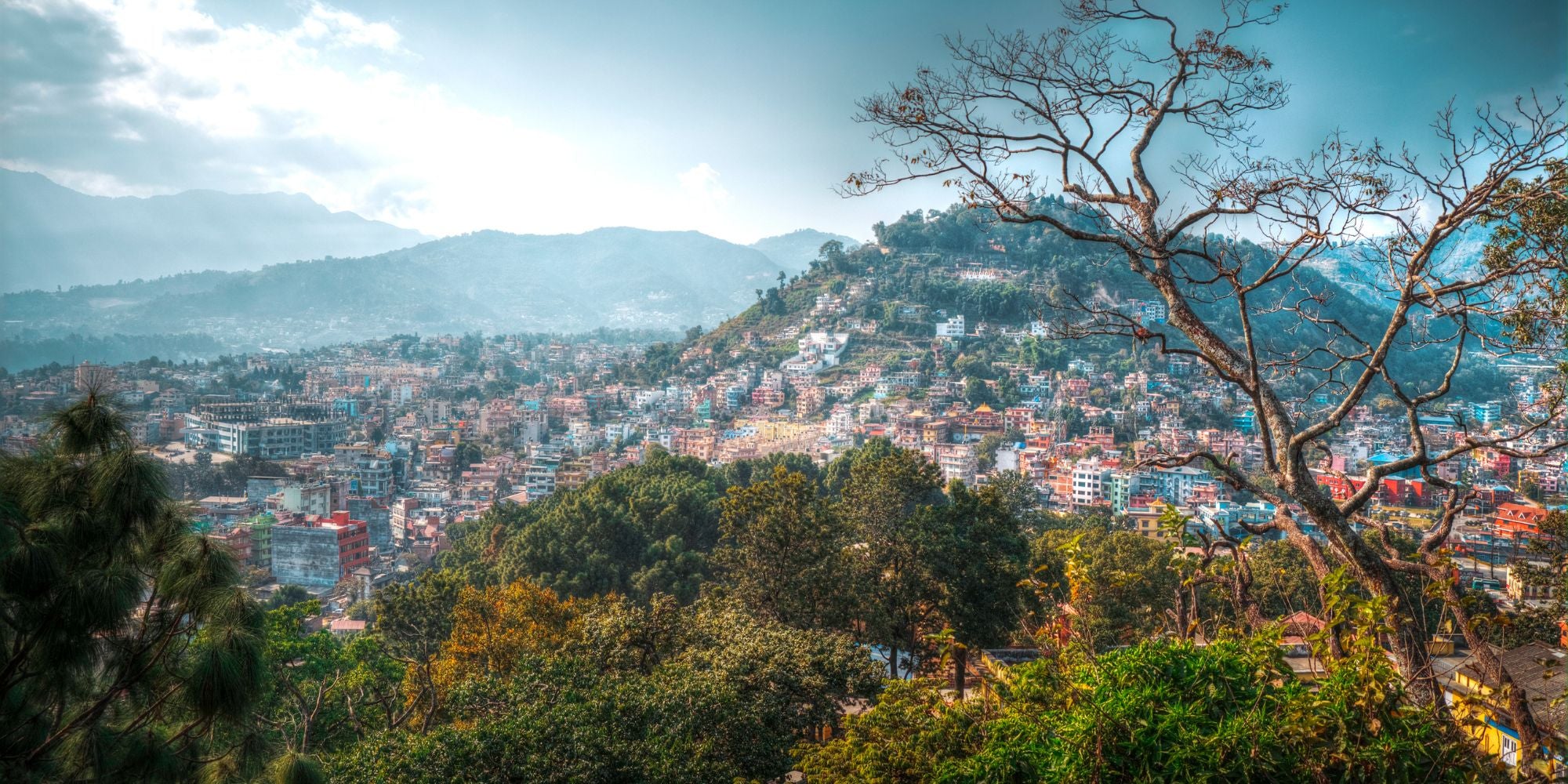
Are you planning on visiting Kathmandu in Nepal? This guide is for the individual traveling that wants to prevent Kathmandu Nepal altitude sickness.
Kathmandu, the capital of Nepal, is at an altitude of 4,593 feet (1,350 meters) above sea level. If you are planning to visit, then you may suffer from Kathmandu altitude sickness.
Kathmandu Nepal is known as a popular destination for mountain climbers, travelers, and also a pit-stop for when trekking to the Himalayan mountains like Mount Everest. If you're on a layover to Mount Everest, you may be flying to the Lukla airport with a drastic altitude increase at 9,337 feet.
Even if you have been to similar altitudes before, such as in the Andes or in the Rockies, you will still need some time to acclimate. While 4,593 feet high may only cause mild altitude sickness, if you're coming from sea level you're likely at high risk to have some symptoms.
The air at these altitudes is less dense than at sea level, so there is less oxygen to breathe in the air. This means that your body must work harder to get enough oxygen into your bloodstream. Even in our hometown of Denver at 5280 feet, many visitors still experience mild altitude sickness.
You may feel short of breath and have headaches and trouble sleeping at night. These symptoms will usually develop in the first day or two.
Symptoms of Kathmandu altitude sickness may include:
If this is your first trip to Nepal, there are some things you can do before and during your visit that will help minimize the effects of Kathmandu altitude sickness.
It's important to make sure that you are prepared for the Kathmandu altitude sickness that can affect you. Even more so if this is the beginning of your trip and are venturing out to the Himalayan mountains.
Here's three ways to prevent Kathmandu altitude sickness:

Our high altitude secret weapon has been popularized in Colorado and used by climbers, athletes and travelers. A supplement to help your body rehydrate, replenish and recover at high altitudes. Zaca chewables are a natural formula made with antioxidants and amino acids including Glutathione and DHM. These chewables helps you perform at your best, even when you’re miles above sea level. Take them days leading up to your trip, and every day during your high altitude visit or climb. Try Zaca's altitude supplement today and fuel your high altitude trip.
SOURCES:
1. Effect of high altitude (7,620 m) exposure on glutathione
https://pubmed.ncbi.nlm.nih.gov/11320641/
2. Dihydromyricetin Improves Physical Performance under Simulated High Altitude
https://journals.lww.com/acsm-msse/fulltext/2014/11000/Dihydromyricetin_Improves_Physical_Performance.6.aspx
Copy the coupon code & use it at checkout